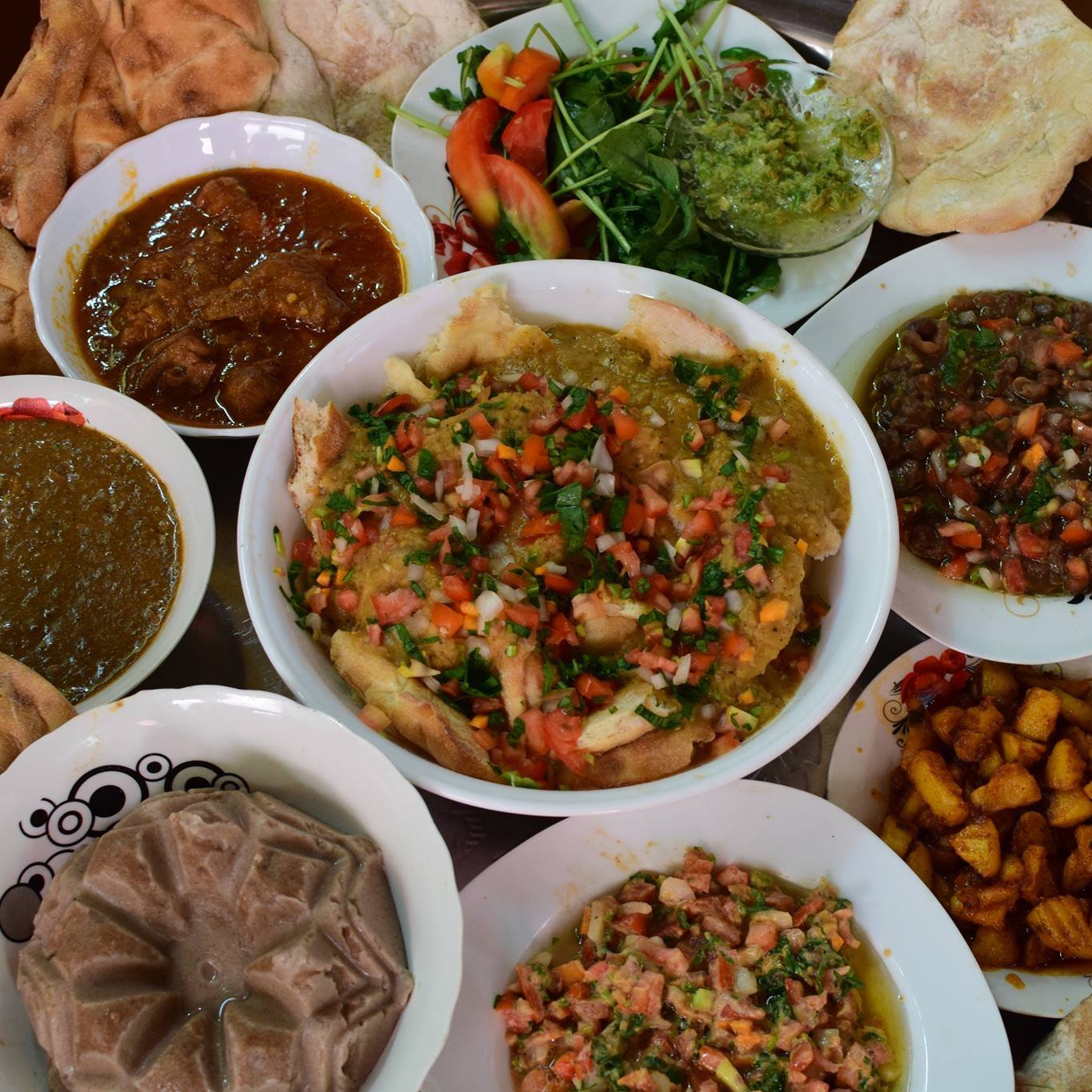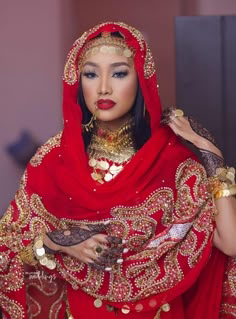Sudan: The Hidden Jewel of the Nile – A Journey Through Culture, Tradition, Beauty, food and Nature
Sudan: The Hidden Jewel of the Nile – A Journey Through Culture, Tradition, Beauty, and Nature
Nestled in the heart of North-East Africa, Sudan is a land of ancient civilizations, timeless beauty, and enduring cultural pride. Often overshadowed by its tumultuous political history, Sudan is an underrated gem rich in heritage, vibrant landscapes, natural remedies, and a lifestyle deeply rooted in tradition. From its golden deserts to the rhythmic heartbeat of Nubian drums, Sudan is a place where ancient beauty secrets are whispered on the wind, and every meal tells a story.
🌍 Geographical Location and Landscape
Sudan is Africa’s third-largest country, bordered by Egypt to the north, Eritrea and Ethiopia to the east, South Sudan to the south, the Central African Republic to the southwest, Chad to the west, and Libya to the northwest. It also boasts a beautiful stretch of the Red Sea coastline.
The landscape of Sudan is as diverse as its people:
The Sahara Desert dominates the north, painting the land in golden sand dunes and arid plains.
The Nubian Desert offers stark beauty, home to ancient pyramids and forgotten tombs.
Further south, the terrain becomes more fertile and green, especially along the Nile River, which slices the country in two, nourishing farmlands and sustaining communities.
The Jebel Marra Mountains in the west bring a dramatic contrast, with waterfalls, volcanic peaks, and cool highlands.
---
🎎 Traditions and Cultural Heritage
Sudan’s culture is a blend of Arab, African, and Nubian influences, making it one of the most culturally rich countries in Africa.
Hospitality is sacred. Visitors are welcomed with coffee ceremonies,🎎 Traditions and Cultural Heritage (continued)
Hospitality is sacred. Visitors are welcomed with Jabana (Sudanese coffee) ceremonies, often brewed with cardamom, ginger, or cloves, served in small cups with dates or sweets.
Family and community play a central role. Life revolves around strong family ties, respect for elders, and collective decision-making.
Nubian heritage is deeply revered, with its music, architecture, and oral storytelling traditions echoing the brilliance of ancient civilizations that thrived along the Nile thousands of years ago.
Traditional ceremonies such as weddings, naming ceremonies, and Sufi zikr dances are accompanied by elaborate rituals, drumming, and vibrant garments, turning every occasion into a colorful expression of cultural pride.
🍲 Food and Culinary Identity
Sudanese cuisine is soulful, spiced, and nourishing — a true reflection of its environment and people.
Kisra: A staple fermented sorghum flatbread, served with various stews (mullah).
Tagine-style stews: Made from okra (bamia), lentils, or meat in tomato-rich sauces with garlic and spices.
Ful Medames: A hearty breakfast made from fava beans, olive oil, and spices — a legacy of ancient Egypt.
Assida: A doughy porridge eaten with stew or honey, often served during festivities.
Dates, hibiscus (karkadeh) drinks, tamarind juices, and spiced teas are not only delicious but have healing properties rooted in ancient herbal traditions.
👘 Lifestyle and Traditional Dressing
Sudanese fashion is elegant, graceful, and deeply symbolic.
Women traditionally wear the Toob (or Toub) — a flowing, often brightly colored cloth draped over the body, signifying elegance and femininity.
Men wear the Jalabiya — a loose-fitting, light robe, often white, paired with a turban or scarf, reflecting both modesty and adaptation to the hot climate
Embroidery, handwoven textiles, and beaded accessories are often used to celebrate identity, marital status, or social events.
The lifestyle in Sudan, especially in rural areas, is grounded in simplicity, agriculture, community festivals, and spiritual devotion. In cities like Khartoum and Omdurman, a blend of traditional and modern life unfolds — bustling markets meet high-rise buildings, and internet cafés exist beside camel caravans.
---
🌤️ Climate and Weather
Sudan’s climate is predominantly desert and semi-arid, with three distinct zones:
North: Hot and dry year-round, with minimal rainfall and intense desert heat.
Central Sudan: Experiences short rainy seasons from June to September, offering a balance between aridity and fertility.
South: More tropical and humid with longer rainy seasons, which support farming and lush vegetation.
The heat shapes every aspect of Sudanese life — from siesta hours in the afternoon to airy architecture designed for maximum ventilation.
---
🌿 Beauty Secrets and Herbal Wisdom
Sudanese women are renowned across Africa and the Arab world for their glowing skin, radiant beauty, and age-old beauty rituals. Passed down through generations, these practices are rooted in nature:
Dukhan: A steam bath ritual using scented woods like talh (acacia) and sandalwood. It detoxifies the skin, tightens pores, and leaves a lingering aroma on the skin.
Dilka: A natural body scrub made from ground grains, fragrant oils, and spices. Used for exfoliation and softening the skin, especially before weddings.
Kajal (Kohol): Traditionally made eye cosmetic used not just for beauty but also believed to protect against the sun and evil eye.
🌿 Popular Sudanese Herbs and Remedies:
Hibiscus (Karkadeh): Used as a refreshing tea, rich in antioxidants and known to regulate blood pressure.
Fenugreek: Boosts metabolism, strengthens hair, and is used in postpartum care.
Senna Leaves: A natural detoxifying agent, used in teas to aid digestion and cleanse the body.
Neem and Acacia: Used in skincare for treating acne, infections, and purifying the skin and scalp.
---
👩🏽🌾 Occupations and Daily Life
Agriculture is the backbone of Sudan’s economy. A large portion of the population is engaged in:
Farming: Sorghum, millet, sesame, peanuts, and gum arabic (Sudan is the world's largest producer).
Animal Husbandry: Camels, cattle, goats, and sheep.
Craftsmanship: Pottery, weaving, basketry, and leatherwork continue to be vital sources of income and cultural expression.
Trading and informal markets: Especially in urban areas, where bustling souks sell spices, gold, fabrics, and household goods.
Education and civil services are growing fields, especially for the youth seeking empowerment and progress amid social challenges.
---
🌟 Conclusion: Sudan – A Country of Spirit, Strength, and Splendor
Sudan is more than a map on the continent — it’s a spiritual mosaic where culture, nature, and ancient wisdom coexist harmoniously. Every grain of sand holds a story, every spice carries legacy, and every smile reflects resilience.
In its breathtaking simplicity lies an untold grandeur, and in its traditions, the blueprint for sustainable living, beauty, and holistic health. If the Nile is a river of life, Sudan is the rhythm that makes it dance.
---
Explore Sudan — not just with your eyes, but with your heart.
For within its sands lie the roots of civilization, and within its people, the soul of Africa.
Written by Uloma Kassy Gold
"Nature is the original masterpiece — silent yet expressive, wild yet healing, mysterious yet familiar. In every leaf, a lesson; in every breeze, a blessing."
📍Visit:Facebook: uloma beatrice kassy gold









Comments
Post a Comment